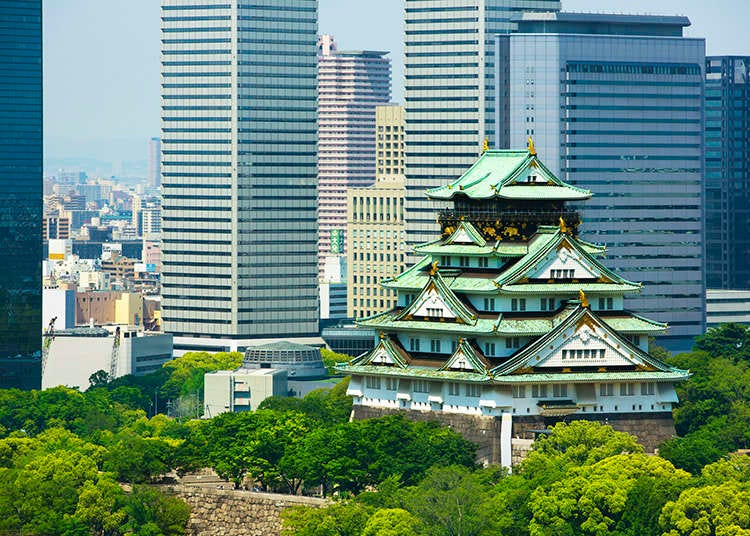
Introducing Architectural Structures Seen in Japan.
Castles
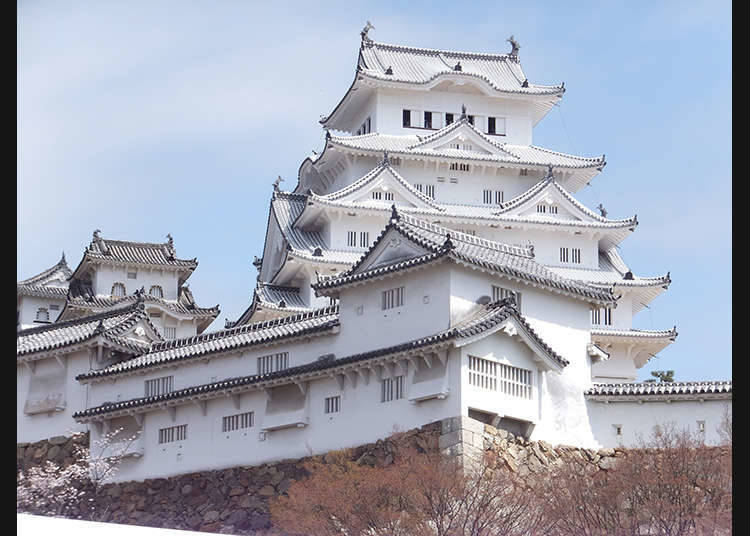
Castles were built in the Sengoku period to as a display of power, and also as the key to its defense for the rulers of the time. They convey the beauty of those days even while undergoing repairs. Himeji Castle, located in Himeji, Hyogo, is registered as a World Heritage Site.
Buddhist Temples
Buddhist temples are architectural structures built as a place for those who believe in Buddhism to gather and to worship Buddha. Since it also used to function as a meeting place of the community in the old days, every town and village is dotted with small Buddhist temples.
Shinto Shrines
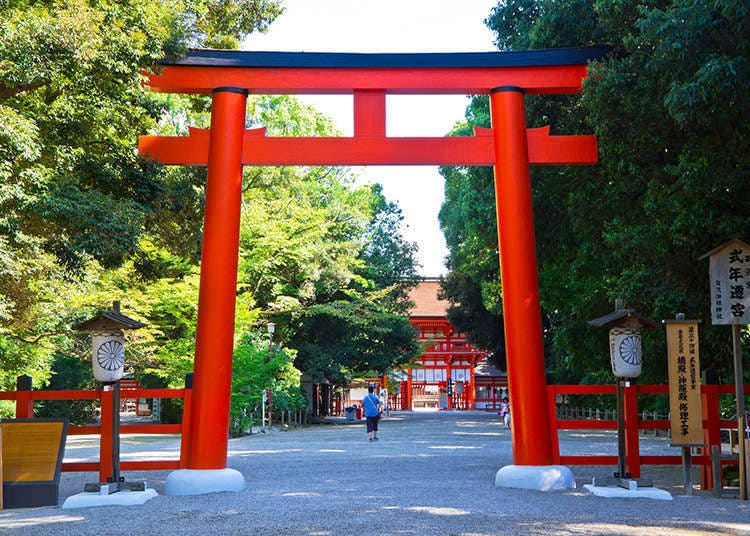
Architectural structures to enshrine gods native to Japan. There is a Torii (a gate) at the entrance which serves the role to separate this world from the god's world. In front of the main shrine, there is a bell to notify the arrival of the visitors to the gods, and a box to put in the offertory.
Bukeyashiki (a samurai residence)
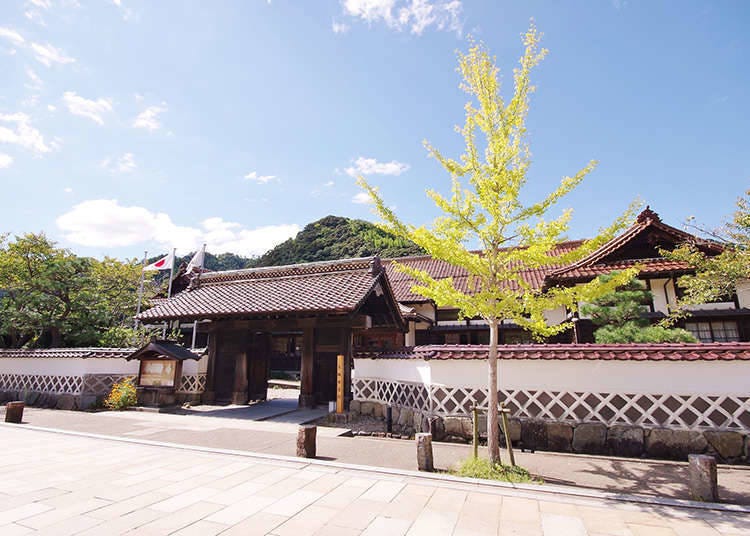
An architectural structure built as a residence for samurai. Most of them feature a profound entrance and a granary. They vary from a large residence where a daimyo (powerful rural lord) lived, to a small residence where a lower class bushi (a master of martial arts) lived. There are even residences with Japanese gardens.
Radio towers
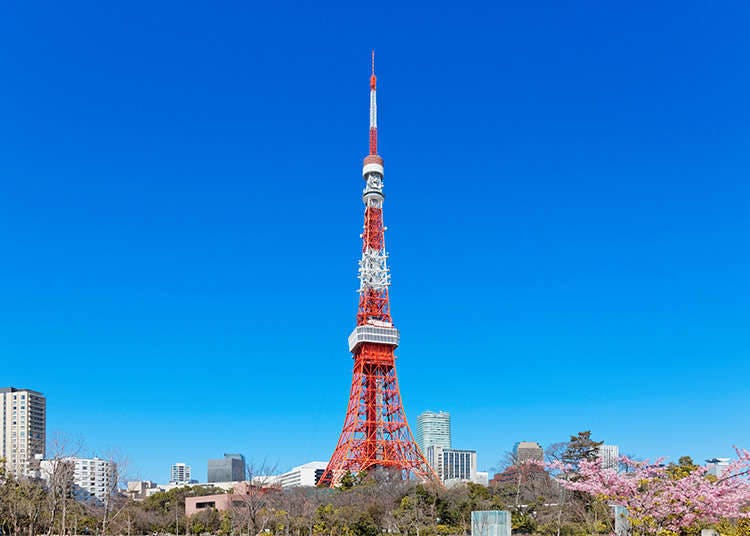
These were built to transmit television waves. Their purpose is to transmit radio waves, yet nowadays, many of them are becoming landmarks of the city they stand in. Tokyo Tower and TOKYO SKYTREE(R) are famous examples.
Skyscrapers
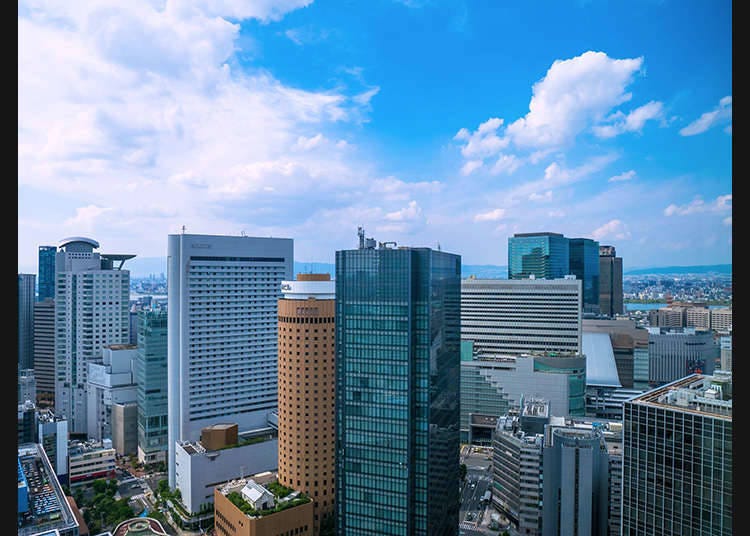
There are many skyscrapers in large cities such as Tokyo, Osaka and Nagoya. The night views made by them are beautiful at night.
Viaducts
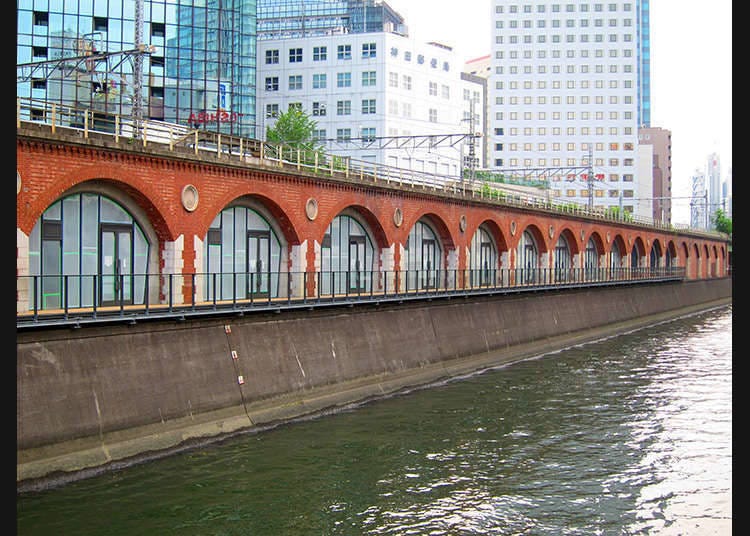
These are bridges that rise over railroad tracks and roads. Sometimes shops such as bars are made under the viaducts which are called elevated railway architectural structures. Since they are under the bridges, most of the shops are small, and many are working-class taverns.
*Prices and options mentioned are subject to change.
*Unless stated otherwise, all prices include tax.
Popular Tours & Activitiess
Recommended places for you
-
Goods
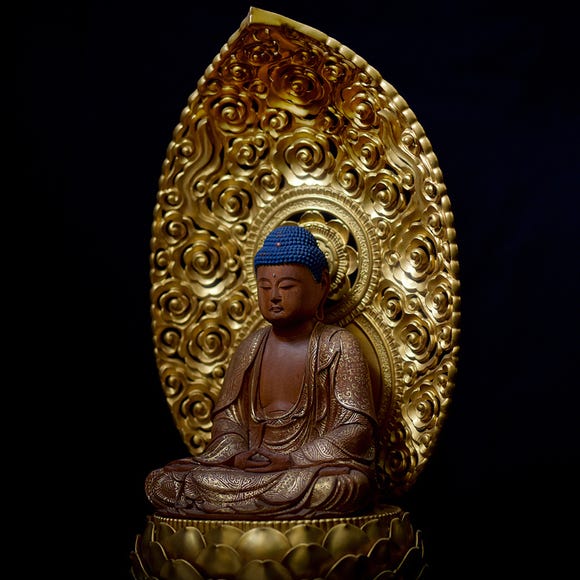
Yoshida Gennojo-Roho Kyoto Buddhist Altars
Gift Shops
Nijo Castle, Kyoto Imperial Palace
-

Kambei Sannomiyahonten
Yakiniku
Kobe, Sannomiya, Kitano
-

Kanzenkoshitsuyakinikutabehodai Gyugyu Paradise Sannomiya
Yakiniku
Kobe, Sannomiya, Kitano
-

ISHIDAYA Hanare
Yakiniku
Kobe, Sannomiya, Kitano
-

Jukuseiniku-to Namamottsuarera Nikubaru Italian Nikutaria Sannomiya
Izakaya
Kobe, Sannomiya, Kitano
-
Appealing

Rukku and Uohei
Izakaya
Sapporo / Chitose
-

The Best Japanese Food Representing 2025! 'Dish of the Year®' Annual Award Results Announced
-

[Extended Offer!](12% OFF KKday Coupon) Mt. Fuji Autumn Leaves, Powder Snow & More! 15 Best Tours to Experience Japan in Fall & Winter
-

Simply Oishii Wagashi School Discover Japanese Culture Through Wagashi: A Hands-On Experience!
by: Guest Contributor
-

Enjoy Japan's Gorgeous Winter Lights! Ride the Romancecar to Shonan no Hoseki Illumination
by: Guest Contributor
-

A Travel Game Changer! Go Hands-Free Between Tokyo and Kyoto with LUGGAGE EXPRESS by JTB and JR Tokai
by: Guest Contributor
-

Keisei × Keikyu 16-Temple Goshuin Tour: Discover Deeper Tokyo & Yokohama
by: Guest Contributor
-

5 Best Hotels Near Universal Studios Japan (Osaka): Top-Rated Places to Stay
by: WESTPLAN
-

Universal Studios Japan: Guide to Osaka's Giant Theme Park Attractions!
by: WESTPLAN
-

15 Attractions & Things To Do In Arashiyama For First-Time Visitors
by: WESTPLAN
-

Kamaishi Japan: Kamaishi Unosumai Recovery Stadium and Sightseeing Spots in Japan’s Rugby Town
-

Osaka's Central Public Hall: Inside the Incredible Iconic Tourist Attraction
-

Highlights of Umeda Sky Building: Get the Perfect Views of Osaka!
- #best sushi japan
- #what to do in odaiba
- #what to bring to japan
- #new years in tokyo
- #best ramen japan
- #what to buy in ameyoko
- #japanese nail trends
- #things to do japan
- #onsen tattoo friendly tokyo
- #daiso
- #best coffee japan
- #best japanese soft drinks
- #best yakiniku japan
- #japanese fashion culture
- #japanese convenience store snacks












